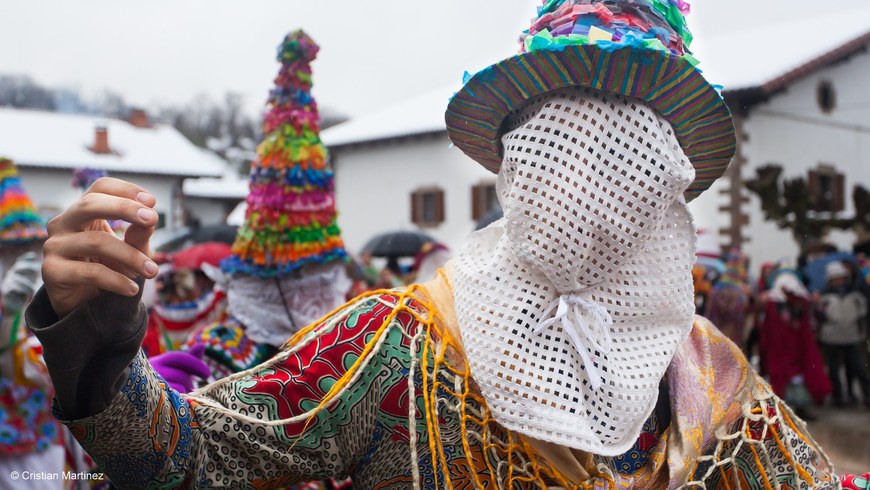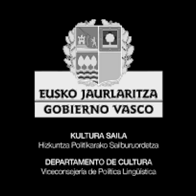Rich and diverse content
Over 400 illustrations (iconographic collections, excerpts from interviews, sound clips and archived images), seven original videos and numerous photographs commissioned for SOKA are presented in this exhibition.
All this information is placed at the disposal of the public through 14 touch screens, 4 wide-screen HD television sets, 6 digital frames, 6 multimedia players, 15 computers and a video projection area.

SOKA Must-See exhibits... don’t miss:
Recollections gathered in the ELEKETA oral heritage programme
The purpose of the Eleketa programme, begun in 2007 by the Basque Cultural Institute, is to collect, archive and disseminate oral memory in the Northern Basque language (life stories, know-how, songs, legends, etc.) The 64 first-hand accounts gathered within the scope of this programme on the subject of Basque dance and dancing customs in the North Basque Country are placed in the spotlight by the SOKA exhibition. Some clips are presented in different modules within the exhibition; others will soon be posted on the website www.soka.eus
Treasures from the Basque Film Library
The Euskadi Film Library, partner of SOKA, opened its doors to the Basque Cultural Institute and by doing so facilitated the use of its audiovisual archives. Thanks to support from estate beneficiaries (family archives), numerous video clips relating to Basque Dance are presented in the exhibition, the oldest of which dates back to the 1920s. This is an opportunity to enjoy fascinating first-hand accounts that are both precious and touching.
The work of Jean-Michel Guilcher
Several excerpts of videos made between 1960-1970 by Brittany ethnologist Jean-Michel Guilcher in Soule, Basse-Navarre and Navarre are presented at the SOKA exhibition. There are some rare documents that enable homage to be paid to the work achieved by this researcher whose studies of Basque Dance in the North Basque Country provide an essential source of reference even today.
The films of František Pospíšil (1927)
Films like the one made by Czech ethnologist František Pospíšil in 1927 (and especially shots of a parade of dancers from Soule and Basse-Navarre in the streets of Bayonne) and several documents presented in SOKA have rarely been shown to the public. So preparing the content of this exhibition enabled little known or displayed pieces to be highlighted.
Robert Capa and Basque Dance
Five photographic prints of pictures taken in August 1951 in Sare by one of the founding fathers of photojournalism, Robert Capa (born Endre Friedmann, 1913-1954) are displayed in the exhibition. These unique documents have been lent by the International Center of Photography (IPC) in New-York.
Audiovisual creations
Along with thoughts shared on the current and future status of Basque Dance are the poetic and even quirky viewpoints of video-makers to whom the Basque Cultural Institute gave carte blanche: Oskar Alegria, Joana Asurmendi, Eki Pagoaga (Aldudarrak Bideo), and Bideografik (Eukeni Arriortua & Xabier Zabala). Through the photographers’ eyes Photographers Gabrielle Duplantier and Johan Morin were commissioned by the ICB as part of the SOKA exhibition. Gabrielle engaged in the ritual and social dimension of dance while Johan focused on the subject of transmission through dance schools in the North Basque Country.
 A publication of the Basque cultural institute
A publication of the Basque cultural institute






